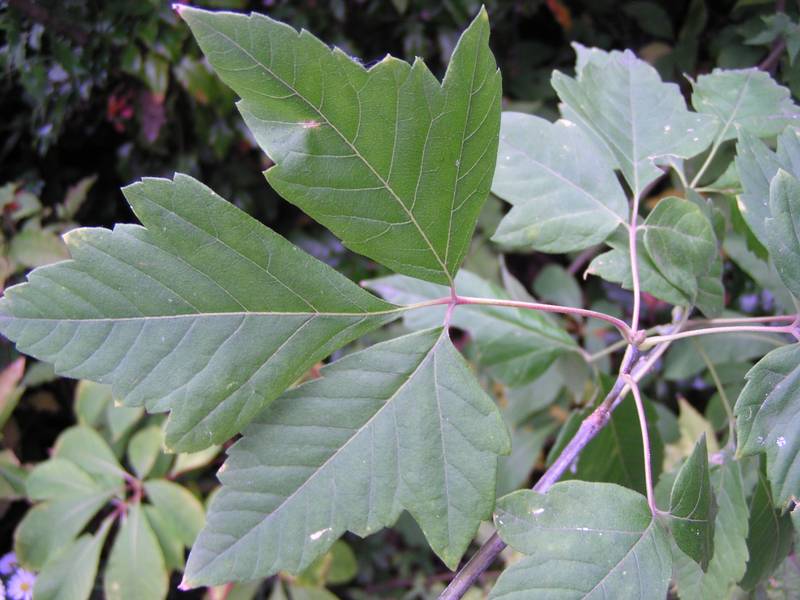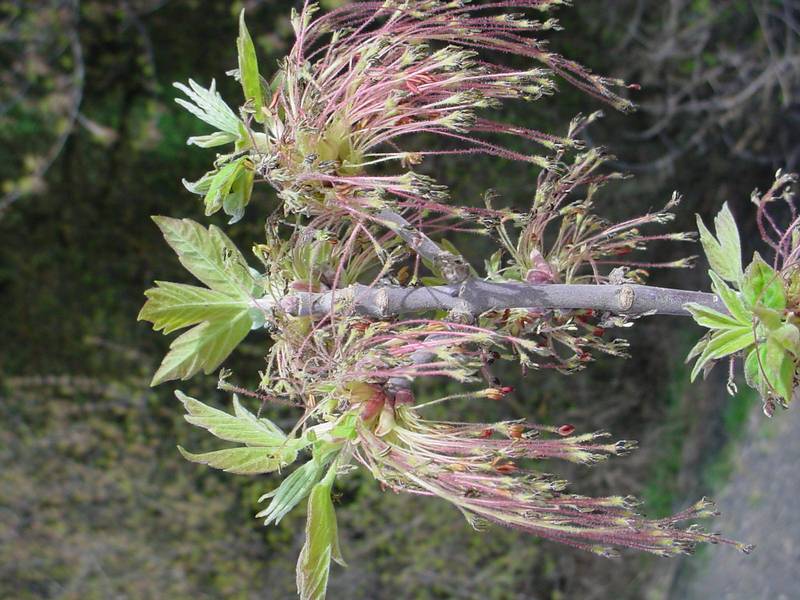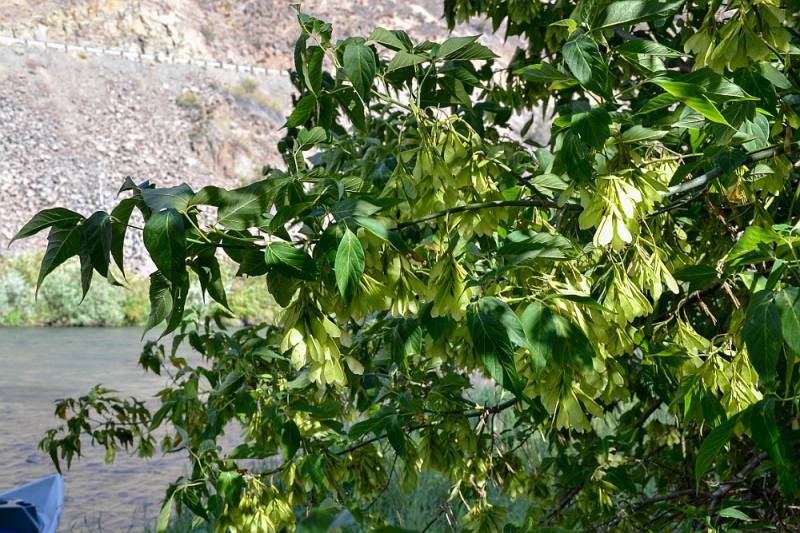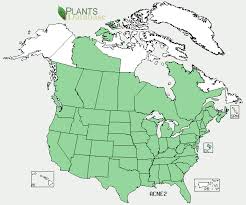Taxonomy: Kingdom - Plantae (plants). Subkingdom - Viridiplantae (Green plants). Superdivision - Embryophyta. Division - Tracheophyta (Vascular plants). Class - Magnoliopsida. Order - Sapindales. Family - Sapindaceae. Genus -Acer L. Species - Acer negundo Linnaeus
Ecology: Boxelder is widespread in riparian and palustrine communities throughout most of the contiguous United States. Its range extends from New Jersey and central New York west through extreme southern Ontario, central Michigan, northern Minnesota, central Manitoba, central Saskatchewan, southern Alberta and central Montana, eastern Wyoming, Utah, and California; and south to southern Texas and central Florida. It is also local in New Hampshire, Vermont, Massachusetts, Connecticut, Idaho, and Nevada. Boxelder has been naturalized in Maine, southern Quebec, New Brunswick, Nova Scotia, Prince Edward Island, and in southeastern Washington and eastern Oregon. Varieties of boxelder occur in the mountains of Mexico (Nuevo Leon, San Luis Potosi, and south to Chihuahua) and in Guatemala. Also widely cultivated and naturalized n China



